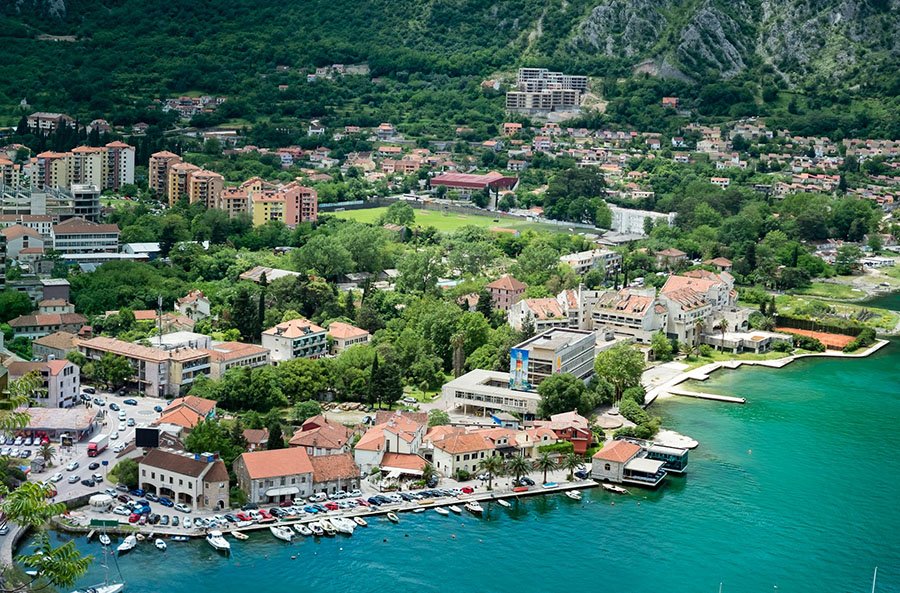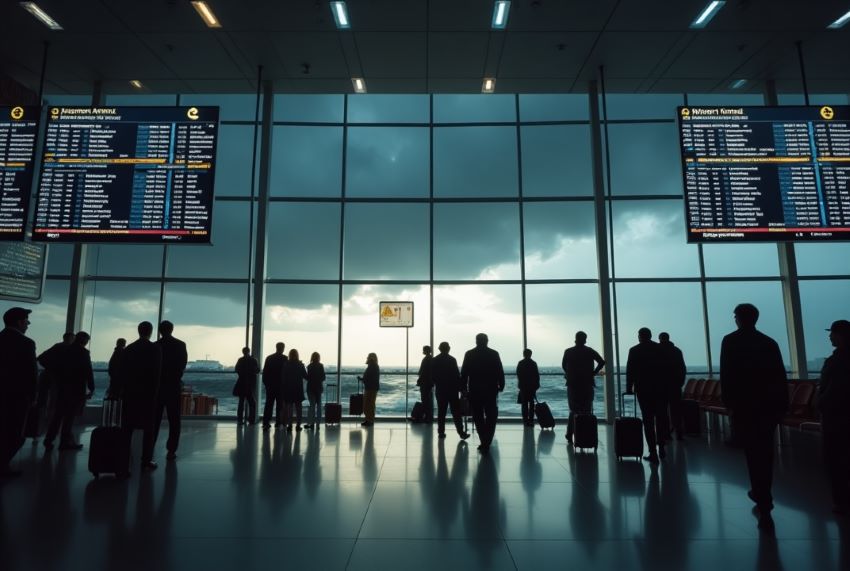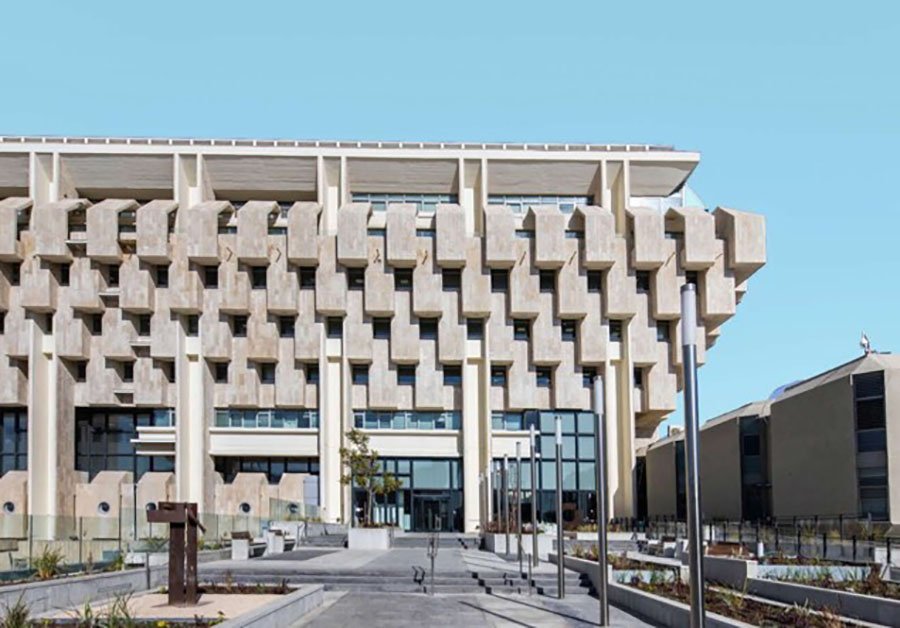читайте также
 Montenegro will introduce visas for Russians at the end of September 2026
Montenegro will introduce visas for Russians at the end of September 2026
 Tourists Are Damaging Tropical Cities: PATA Calls for Urgent Action
Tourists Are Damaging Tropical Cities: PATA Calls for Urgent Action
 Deadly Storms, Blizzards, and Tornadoes Slam the U.S. — How Millions Can Survive the Thanksgiving Weather Disaster
Deadly Storms, Blizzards, and Tornadoes Slam the U.S. — How Millions Can Survive the Thanksgiving Weather Disaster
 Housing Market in Tel Aviv 2025: Falling Prices and Declining Investor Activity
Housing Market in Tel Aviv 2025: Falling Prices and Declining Investor Activity
 Bank of Israel Cuts Interest Rate to 4.25%: What Stands Behind the Regulator’s Decision
Bank of Israel Cuts Interest Rate to 4.25%: What Stands Behind the Regulator’s Decision
 US Aviation Chaos: 58 Cancellations and 2,674 Delays Hit Major Hubs as Thousands of Passengers Are Stranded
US Aviation Chaos: 58 Cancellations and 2,674 Delays Hit Major Hubs as Thousands of Passengers Are Stranded
How Montenegro Is Legalizing Unauthorized Buildings: The New Law and Early Results

Photo: Unsplash
Montenegrin authorities are urging property owners to regularize the status of unauthorized buildings, whose total number may reach 100,000. Until February 14, 2026, owners must submit legalization applications, reports Investitor.me. The process is considered a key step toward restoring order in the country’s cadastre system.
Where the applications are coming from
The new law entered into force on August 14, 2025. According to Marko Bulatović, Director of the Real Estate Administration, around 2,000 applications have been submitted since that date. Most come from Podgorica, Bar, Ulcinj, Kotor, Budva, Žabljak, Danilovgrad, Herceg Novi, Nikšić, and Rožaje. The workload of the Administration remains high: it processes up to 100,000 regular requests annually. Currently, about 59,000 unauthorized buildings are recorded in the cadastre, but officials believe the actual number is significantly higher.
At the same time, amendments to the State Cadastre Law are being prepared to align its provisions with the new legalization legislation. The proposed changes mainly concern technical aspects — the structure of the geodetic report and the registration procedure — to ensure the process complies with the updated legal framework.
Legalization Procedure
Bulatović emphasized that the new law makes the legalization process simpler and more transparent. Property owners were given six months — until February 14, 2026 — to submit documents, including the mandatory geodetic plan, which serves as the basis for registration in the cadastre.
Around a hundred licensed geodetic organizations operate in the country, but demand for their services has risen sharply, so many owners are only now preparing the required documentation. The main wave of applications is expected closer to the deadline, as was the case with personal document registration.
A satellite image taken in July 2025 plays a decisive role: regardless of other documentation, only buildings visible on this image can be entered into the cadastre. This requirement is enshrined in the new law, and the Administration will be unable to register any structure not shown on the satellite data. Citizens are urged not to delay submission, as after February 14, 2026, unregistered buildings will no longer be eligible for legalization.
Staff Shortage
The Real Estate Administration plays a central role in all stages of legalization — from initial entry of unauthorized constructions and issuing property extracts to final removal of “illegal” status after approval of legalization decisions. For each object previously absent from the cadastre, two documents are prepared — one for registration and another for lifting restrictions. Owners whose properties were already registered can immediately proceed with applications and complete the process.
One of the agency’s key challenges remains the staff shortage: more than 130 positions are vacant, which severely complicates timely processing. The shortage is most acute in municipalities such as Budva, Kotor, Ulcinj, and Žabljak, where hundreds of applications are handled by only one or two lawyers. Bulatović noted that the Administration expects support from the line ministry and government to strengthen the workforce and bring operations up to the level of similar agencies in neighboring countries.
Expert Assessments
Lawyers from JPM & Partners note that the Law on Legalization of Unauthorized Buildings represents an important step toward a more transparent and sustainable real estate market in Montenegro. However, alongside its advantages, the legislation contains several controversial provisions. The most sensitive is Article 33, which prohibits any transactions involving unlegalized properties until the legalization procedure is complete. According to the Notary Chamber of Montenegro, this restriction has effectively “frozen” part of the market, as notaries now refuse to certify such transactions.
According to the MonteBASE platform, the actual number of unauthorized buildings in Montenegro may reach 100,000 — nearly double the official estimate provided by the Real Estate Administration. Experts describe the legalization campaign as “one of the largest administrative challenges of the past decade,” requiring coordinated work among municipalities, surveyors, and notaries.
Analysts from International Investment highlight that Montenegro’s property market remains opaque and risky for investors. A significant share of assets still lacks legal status, and transactions involving them cannot be registered until legalization is completed. Moreover, the absence of a unified database and full synchronization of cadastre systems complicates the verification of property rights and asset provenance. Under these conditions, investors face heightened uncertainty, especially in coastal areas, where the proportion of unauthorized buildings remains high.
Подсказки: Montenegro, real estate, legalization, unauthorized buildings, property law, property market





